It never fails—when your car refuses to start, it happens at the most inopportune time. It’s always when, say, you’re running late for a critical doctor’s appointment or a big work meeting. What makes things worse is that you usually have no idea why your car won’t start.
Is it the battery? Is it the fuel pump?
Unfortunately, the answer isn’t always straightforward. You might be surprised to find out how many issues can potentially prevent your car from starting.
Common Reasons Why Your Car Might Not Start
Automotive professionals break down no-start situations into two separate categories: crank-no-start and no-crank-no-start.
A no-crank-no-start condition is when the engine doesn’t turn over at all, or it sluggishly tries to turn over but cannot. On the other hand, a crank-no-start condition is when the engine turns over, like normal, but doesn’t fire up.
The two conditions have distinct lists of potential causes. Let’s take a look at both scenarios.

Engine Cranks Normally (or Faster Than Normal) but Doesn’t Start
When you turn the key to start your car, the battery supplies power to turn the starter motor and crank the engine. Then, fuel and air enter the engine, where they’re compressed and ignited to create a series of small explosions. It’s these explosions that send the pistons downward in the cylinders to get (and keep) the engine running.
Without an air/fuel mixture, spark, and compression, the engine will crank normally (because the starting system is working properly), but it won’t start and run.
A crank-no-start condition such as this is typically caused by a problem with fuel delivery, spark delivery, or engine compression.

Fuel Delivery Issues
Obviously, your car needs fuel to run. If the engine isn’t getting enough fuel, there’s a good chance it will crank but not start. Fuel pressure and/or volume problems can stem from a number of sources, including:
- Bad fuel pump
- Clogged fuel filter
- Anti-theft system problems disabling fuel delivery
- Restricted fuel line
- Control circuit problems, such as damaged wiring or a failed relay
- Sensor issues preventing fuel injector operation
- Problems with the powertrain control module (PCM), such as software in need of an update
Loss of Compression
Before the air/fuel mixture is ignited inside the engine, it must be compressed by the piston moving upward in the cylinder. A significant loss of compression on multiple cylinders can prevent the engine from starting.
Common issues that could cause a loss of compression and, therefore, a crank-no-start condition, include:
- Broken timing belt or timing chain
- Excessive exhaust backpressure due to a clogged catalytic converter or restricted exhaust
- Significantly worn engine
Ignition System Issues
Your car’s ignition system creates the spark that ignites the air/fuel mixture inside the engine. Ignition system problems that prevent multiple cylinders from receiving spark can easily lead to a crank-no-start condition.
Examples include:
- Failed crankshaft position sensor (or camshaft position sensor on some cars)
- Problems with the powertrain control module (PCM), such as software in need of an update
- Bad ignition module
- Faulty distributor or rotor (older vehicles)
- Faulty ignition coil (on vehicles with a distributor ignition system)
- Control circuit problems, such as damaged wiring or poor connections

Engine Doesn’t Crank and Doesn’t Start
As was mentioned, the starter motor cranks your engine over to get it going. But the starter motor is just one part of the starting system. Other parts of the system include the battery, ignition switch, neutral/park safety switch (or clutch start switch if the car has a manual transmission), and accompanying circuitry.
Note: Many late-model cars rely on a push-button, control module, and smart key fob rather than a traditional ignition key and switch.
A problem anywhere in the starting system can result in a no-crank-no-start condition. Here are some of the most common causes:
- Bad or weak battery
- Issues with the battery cables
- Failed starter motor or starter solenoid
- Faulty neutral/park safety switch or clutch start switch
- Problems with the starting circuit
- Engine mechanical problem
- A problem with the smart key fob, push-button, or brake switch (vehicles with push-button start)
- Control circuit problems, such as damaged wiring or poor connections
It’s worth noting that, in some instances, the engine may try to turn over sluggishly but not be able to get the job done. For example, a weak battery might have enough juice to turn the engine over slowly a couple of times, but it won’t be able to turn the engine fast enough to get the car started.

What to Do When Your Car Doesn’t Start
As you can tell, there are a LOT of potential reasons why your car might not start. Some issues, such as a dead battery, are easily recognizable to most drivers—but other causes are far more difficult to pinpoint and require extensive knowledge to diagnose.
If you’ve got the know-how and tools, you might try to troubleshoot a no-start condition yourself. Otherwise, it’s best to let a professional fix the problem—and fix it right.
That way, the next time you’re rushing to a big meeting, you’ll have a better chance of not getting stranded beforehand.
Products Mentioned in this Guide
Any information provided on this Website is for informational purposes only and is not intended to replace consultation with a professional mechanic. The accuracy and timeliness of the information may change from the time of publication.


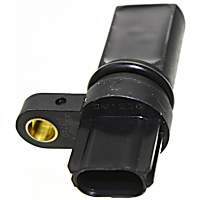 Camshaft Position Sensor
Camshaft Position Sensor
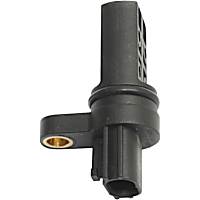 Crankshaft Position Sensor
Crankshaft Position Sensor
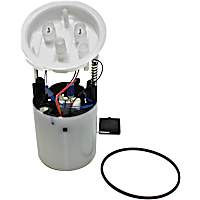 Fuel Pump
Fuel Pump
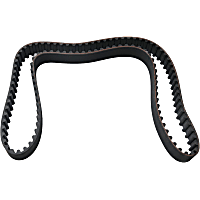 Timing Belt
Timing Belt
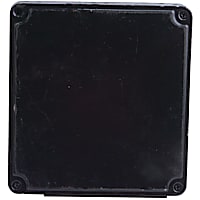 Engine Control Module
Engine Control Module

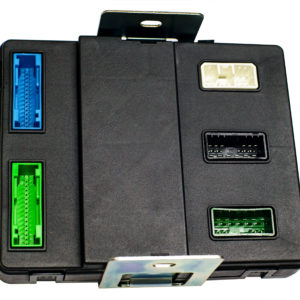
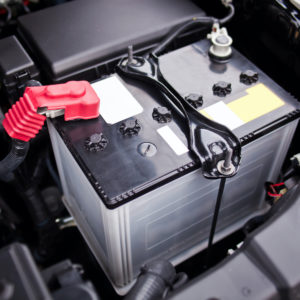

























06 Mercury Milan hard starts when the temp. drops at 30 degrees.
Hi Mike,
When you say your car is “hard to start”, do you mean the car cranks normally (but takes a long time to fire up) or that it cranks sluggishly?
I HAVE A 1985 BLASER, MY OLD BATTERIE HAD A BAD CELL. I REPACED THE BATTERIE WITH A NEW ONE. BUT NOW IT WONT CRANK OVER COULD IT BE A BAD SELONID OR BAD ALTERNATER
I have a 2006 Mitsubishi lancer ES 2.0L and i cannot figure out what is going on with it. Heres the problem…i can start my car drive it all around no problem, but then once i turn it off, i cant start it again for about an hour or so. If i try to start it a few minutes after i turn it off, it will crank and start up, but will immediately stall out. If i wait for an hour or so to try and get it going again, it starts up and runs just fine. Im not sure where to start with troubleshooting this problem, does anyone have any advice or opinion on what could be causing this problem?
I have a 2009 Ford Explorer that all of the sudden when you go to turn the key over, nothing. One year old battery. Not sure if it’s the Starter, Selinoid Switch, Relay Switch etc… Trying to avoid a tow…. HELP
I have a Hyundai genesis 2012 and won’t start there’s no lights at all went I try to started and no lights on the dashboard battery is fully charged I need help please!!!!!